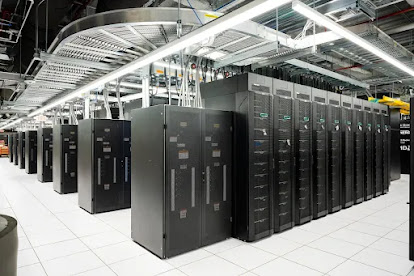Chat GPT : Helpful or Dangerous
ChatGPT , an advanced AI model, offers immense potential but also raises concerns. On the helpful side, it enhances productivity by assisting with tasks like writing, coding, and answering questions across various fields. Businesses leverage it for customer support, content creation, and language translation. In education, it helps students by providing instant explanations and guidance. Its versatility and ability to process large amounts of information make it a valuable tool for research, brainstorming, and automating repetitive tasks. However, there are dangers associated with ChatGPT. Its responses can sometimes be inaccurate or outdated, leading to misinformation. Since it lacks human judgment, it may inadvertently produce biased or harmful content, especially if users ask it to generate inappropriate or unethical information. There are concerns about its use in malicious applications, like automating phishing attacks or spreading disinformation. Additionally, its potential to re...


